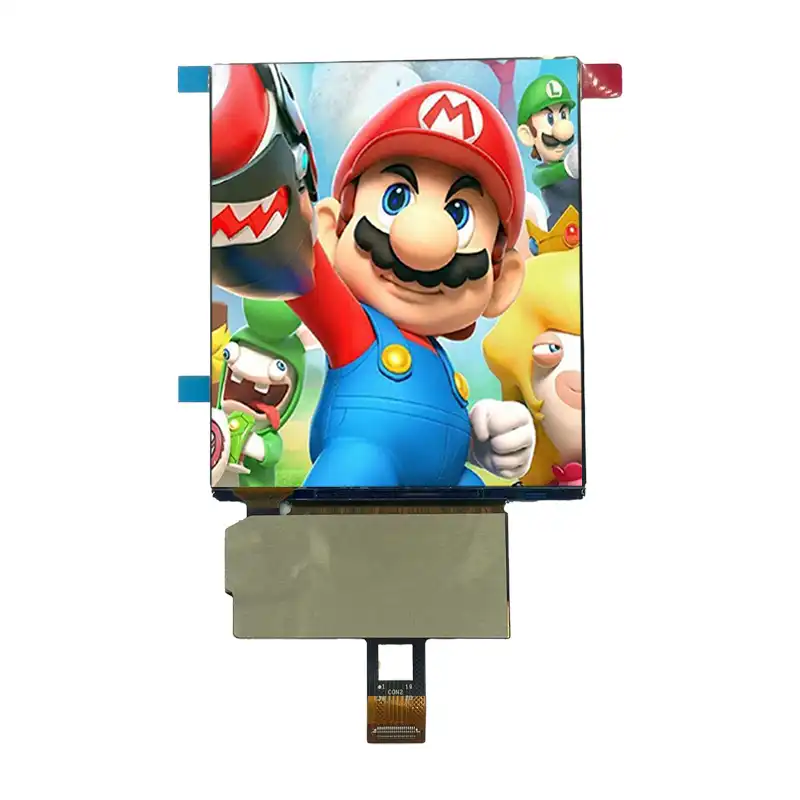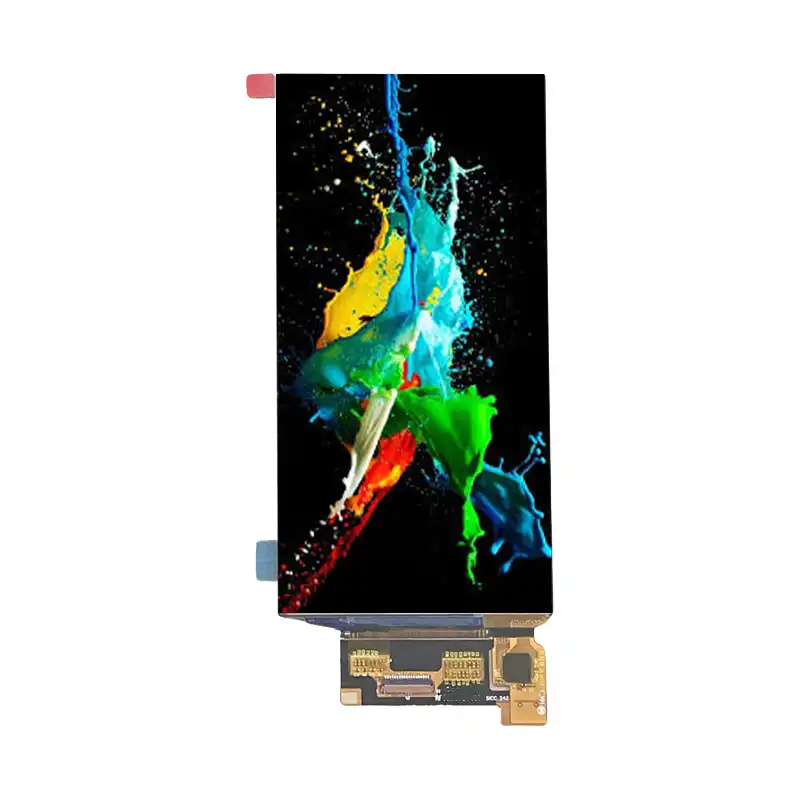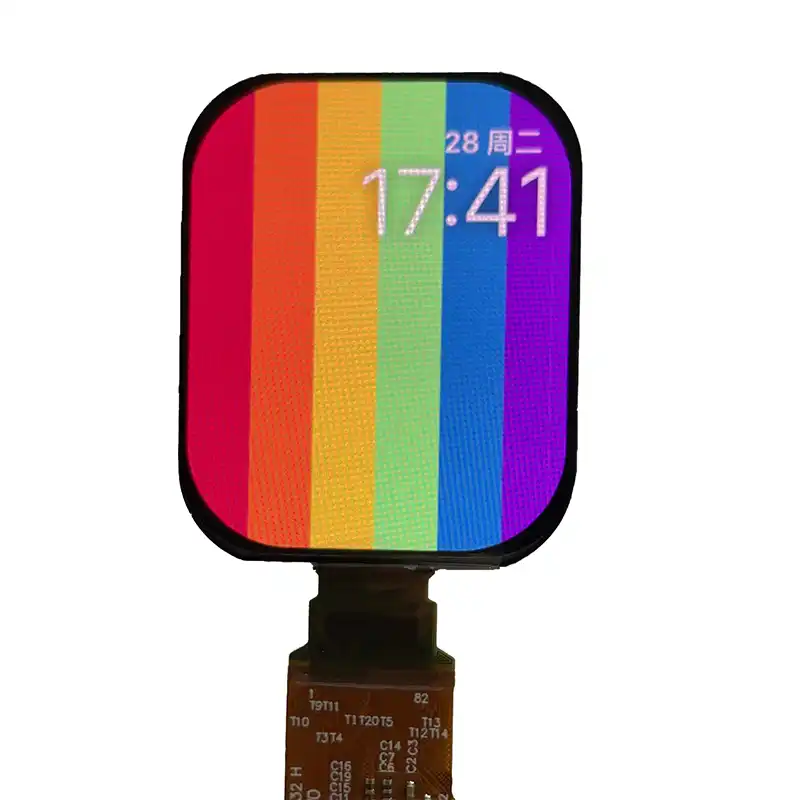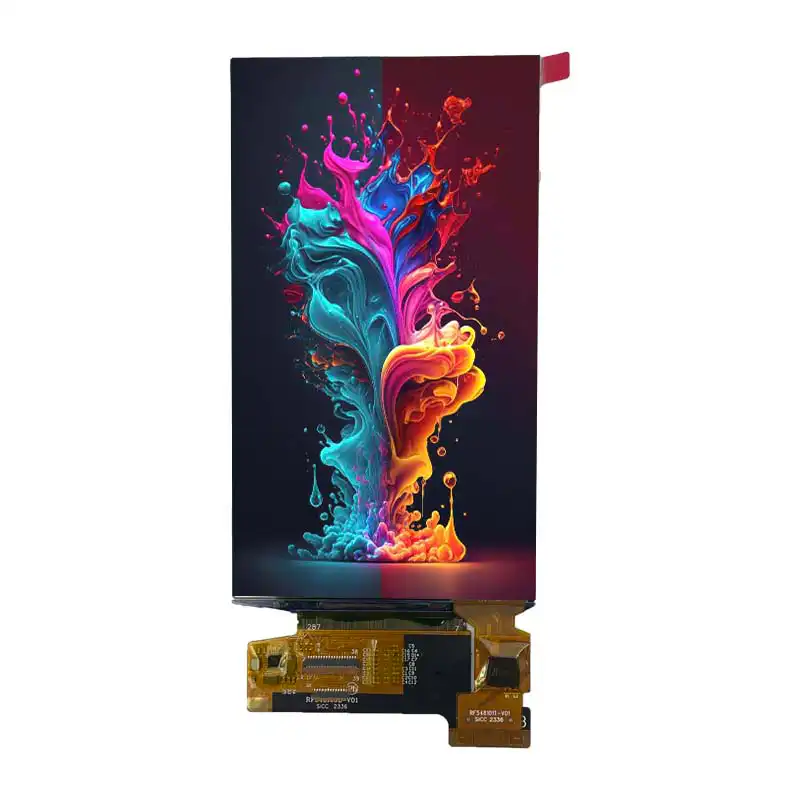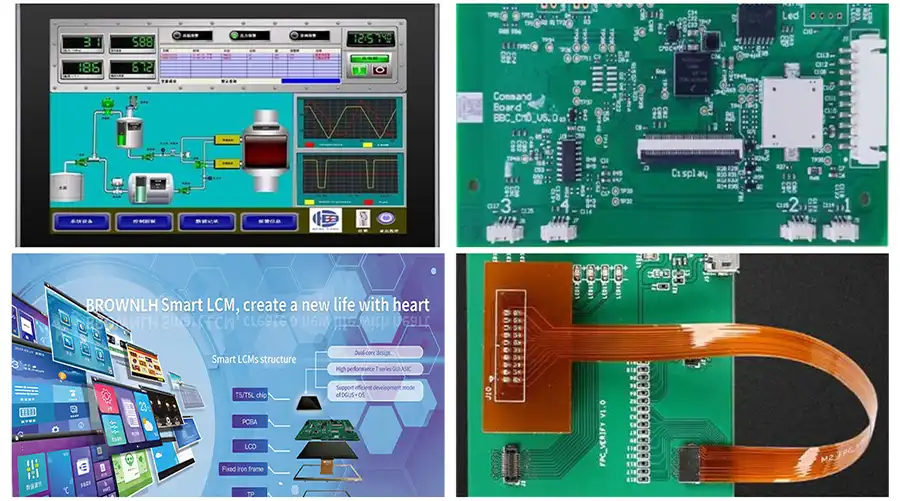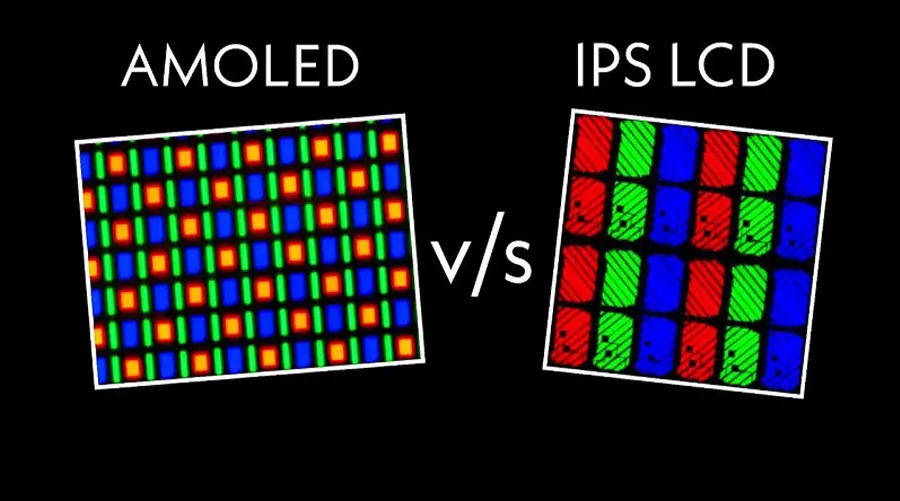What Is an Écran OLED?
UnÉcran OLED, or Organic Light Emitting Diode Display, is an advanced visualization technology that uses organic compounds to emit light when an electrical current is applied. Unlike traditional LCDs (Liquid Crystal Displays) that require backlighting, OLED Displays are self-emissive, enabling thinner, lighter, and more energy-efficient screens.
The term “Écran OLED” represents a significant leap in display technology that offers unparalleled contrast, higher color accuracy, and deeper blacks. These displays are widely used in consumer electronics, medical devices, automotive dashboards, and industrial equipment.
Basic Structure of an Écran OLED
The typical Écran OLED consists of several thin organic layers sandwiched between two electrodes on a substrate. When voltage passes through, the organic layers emit light by recombination of electrons and holes. The main layers include anode, cathode, emissive layer, and conductive layer. This layered construction supports flexible and lightweight designs.
Écran OLED vs Other Display Technologies
Compared to LCDs and other technologies like MicroLED, OLED Displays provide superior image quality due to self-lit pixels that do not require backlight, offering better viewing angles, higher contrast ratios, and faster response times. Additionally, Écran OLED can be fabricated on flexible substrates, allowing curved and foldable screens.
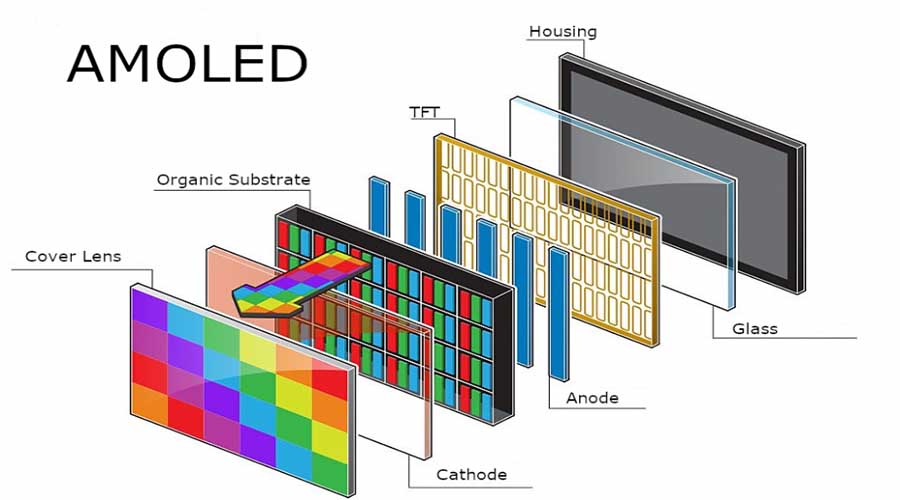
In-Depth Écran OLED Technology
Fundamental Principles of Écran OLED Technology
The key to Écran OLED technology lies in utilizing organic electroluminescent materials that emit light electrical stimulation. Applying current causes electrons to move across organic layers and recombine, releasing photons of light. Since each pixel emits its own light, the Écran OLED eliminates the need for bulky backlights, resulting in slimmer displays.
Material engineering plays a critical role in performance and lifespan of OLED Displays. Common materials include small molecules and polymers, and multiple organic layers optimize charge balance and light emission.
Active-Matrix and Passive-Matrix OLED Displays
OLED Displays come in two categories: Active-Matrix OLED (AMOLED) and Passive-Matrix OLED (PMOLED). AMOLED uses thin-film transistor (TFT) arrays to activate individual pixels, supporting high resolution and fast refresh rates for smartphones and large displays. PMOLED is simpler, suitable for smaller, low-resolution screens, often used in wearable devices and secondary displays.
Manufacturing Process of Écran OLED
The production of a reliable Écran OLED involves substrate preparation, vacuum deposition of organic layers, encapsulation to prevent moisture ingress, and rigorous testing. Technologies such as thermal evaporation and inkjet printing are utilized for layer deposition.
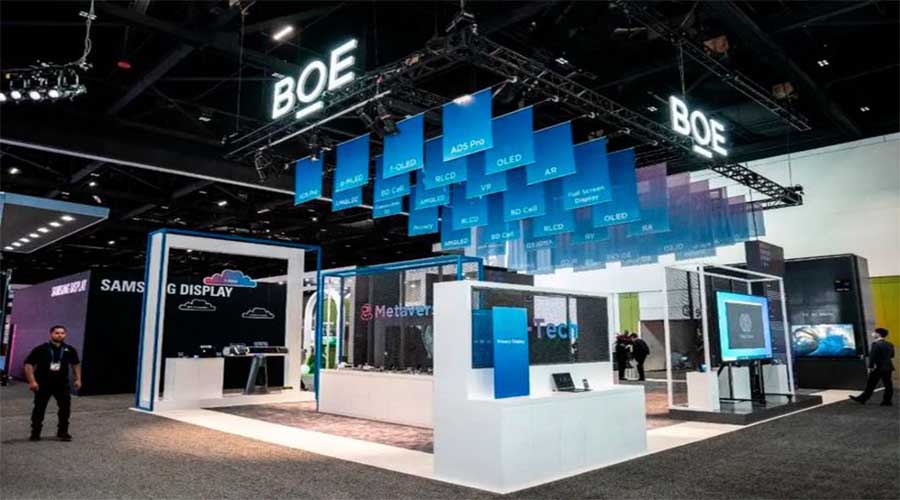
Key Advantages of Écran OLED
Exceptional Contrast and Image Quality of Écran OLED
The self-emissive nature of pixels in OLED Displays produces absolute black levels by switching off pixels completely. This leads to an infinite contrast ratio and richer colors, which are critical for medical imaging, professional photography, and automotive dashboard displays.
Energy Efficiency Benefits of Écran OLED
OLED Displays consume significantly less power than LCDs, especially when displaying darker images or user interfaces. This efficiency results from the lack of a power-hungry backlight and direct pixel-level control of light emission, improving battery life in smartphones, wearables, and IoT devices.
Thin, Lightweight, and Flexible OLED Displays
With a thickness often below 1.5mm, OLED Displays offer unparalleled design flexibility including curved, foldable, and even rollable displays. Their lightweight nature benefits portable applications where size and weight are critical constraints.
Durability and Industrial-Grade OLED Displays
Industrial-grade OLED Displays withstand extreme temperature ranges (from -30°C up to 80°C) and maintain a lifespan of over 50,000 hours. This makes them ideal for demanding environments such as automotive instrument clusters and factory automation equipment.
HautÉcran OLEDApplications dans tous les secteurs
Medical Equipment Using Écran OLED Technology
Precise and vibrant OLED Displays enhance diagnostic equipment, surgical monitors, and patient interface devices with high resolution and accurate color reproduction, improving medical outcomes and operational safety.
Automotive Dashboard and Infotainment OLED Displays
Modern vehicles increasingly employ curved and futuristic OLED Displays for instrument clusters and in-dash entertainment systems. Their durability ensures readability under varying light conditions and operational stress.
Smart IoT and Wearables Equipped with Écran OLED
Wearables such as smartwatches and fitness trackers benefit from the compactness and low power consumption of OLED Displays, providing crystal-clear feedback and longer battery life for users on the go.
Industrial Automation and Equipment Featuring Écran OLED
Industrial control panels and diagnostic interfaces implement Écran OLED modules for robust operation in harsh environments, delivering reliable, easy-to-read data streams essential for production efficiency.
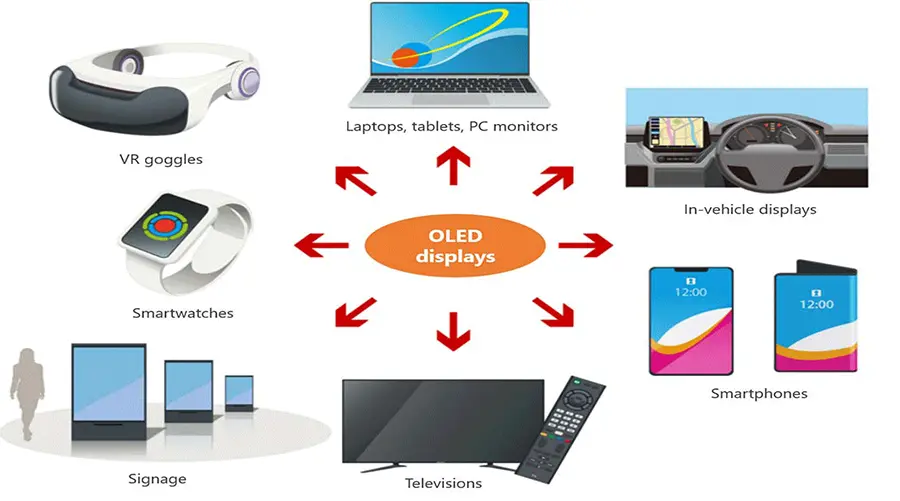
Écran OLED Customization & Buying Guide
Choosing the Right Écran OLED for Your Project
To select the optimal Écran OLED, consider critical parameters such as resolution, dimensions, interface compatibility (SPI, I2C, etc.), brightness, and environmental operating conditions. Defining application-specific requirements ensures performance and integration success.
Ensuring Interface and Communication Compatibility with OLED Displays
Verify that your chosen Écran OLED supports required communication protocols like SPI and I2C, which streamline controller integration and system stability for embedded projects.
Certifications and Quality Standards for OLED Displays
Opt for Écran OLED modules certified to international standards such as RoHS, CE, and ISO. These certifications guarantee environmental compliance, safety, and product reliability across global markets.
Support and Rapid Prototyping for OLED Displays
A trusted Écran OLED provider offers technical support, firmware/driver resources, and rapid prototyping services to accelerate your time to market and reduce development risks.
Emerging Écran OLED Market Trends
Growth Trajectory of the Global Écran OLED Market
The global Écran OLED market continues to expand rapidly, fueled by rising smartphone adoption, growth in wearable devices, and increasing automotive electronics demand. Analysts predict an annual growth rate surpassing 20% over the next five years.
Flexibility and Innovation Driving Écran OLED Adoption
Flexible and foldable OLED Displays are reshaping device design paradigms, enabling new form factors and user experiences in consumer electronics and automotive interiors.
Cost Reduction Efforts and Industry Accessibility
Advances in manufacturing technologies and economies of scale are driving down the costs of OLED Displays, expanding their reach into mid-range products and new market segments.
Technological Convergence and Future Prospects for Écran OLED
Integrations with MicroOLED, transparent OLED, and AMOLED/PMOLED hybrids are pushing display capabilities further, particularly for augmented reality (AR) and virtual reality (VR) devices that demand high pixel density and low latency.
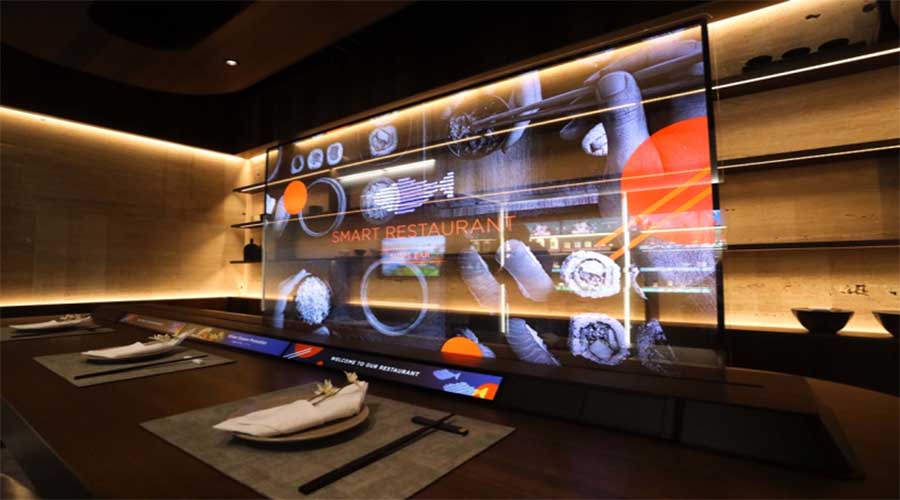
Conclusion: The Future of Écran OLED
This comprehensive guide has explored the fundamentals, benefits, industry applications, and market outlook of Écran OLED technology. The combination of superior contrast ratios, thin flexible form factors, and energy efficiency propels OLED Displays into the forefront of display innovation.
As technology and manufacturing mature, we expect OLED Displays to become standard in medical, automotive, IoT, and industrial applications. Companies aiming for competitive advantage should consider investing in customizable, certified Écran OLED solutions to capitalize on this trend.
At Brownopto, we specialize in delivering high-quality, customizable Écran OLED modules with comprehensive technical support and global certifications to meet the evolving needs of diverse industries worldwide.
Derniers articles
-
Pourquoi les écrans AMOLED de 1 à 2 pouces sont essentiels à la réalité augmentée et à la réalité étendue en 2025
Pourquoi les écrans AMOLED de 1 à 2 pouces deviennent essentiels dans l'essor de la RA/XR (Perspectives du secteur 2025)
-
Understanding OLED Display Technology: Principles, Performance & Applications
OLED (Organic Light Emitting Diode) displays are a class of self-emissive display technology in whic
-
From Wearables to AR Glasses – How OLED Displays Are Redefining Visual Experiences in 2025
By 2025, OLED (Organic Light-Emitting Diode) technology has transitioned from luxury smartphone disp
-
Écrans LCD à barres étirées pour la vente au détail : dynamisez les ventes et l'engagement dans les supermarchés
Découvrez comment les écrans LCD à barres étirées améliorent le marketing en rayon des supermarchés, stimulent les ventes et réduisent
-
Solutions LCD extensibles pour restaurants et établissements d'accueil
Les écrans LCD étirés offrent des écrans élégants et haute luminosité, parfaits pour les menus des restaurants et les services d'accueil.
Produits recommandés
-
Module d'affichage E-Paper AMOLED 2,1 pouces 410 × 502 pour scanner portable
Le module d'affichage OLED de 2,1 pouces est une solution compacte et haute résolution conçue pour l'intégration dans
-
3.92 INCH OLED Screen I2C Interface 1080 × 1240 Resolution
Spécifications du produit : BRO392001ARésolution : 1080x1024Plage de tension de fonctionnement : 28 VTaille de l'écran : 3,92
-
6.01 INCH Display OLED screen | High Definition 1080x2160 | MIPI Interface
Spécifications du produit : BRO601001AMode d'affichage : AMOLEDTaille de l'écran (pouces) : 6,01Résolution : 1080x2
-
1.93 INCH OLED Panel I2C 368x448 Industrial-Grade Panel
Le module AMOLED de 1,93 pouces de Shenzhen Brownopto Technology (modèle BR193103-A1) présente un avantage essentiel
-
5.48 INCH AMOLED Display Module - 1080x1920 I2C, MIPI DSI, Industrial
Spécifications du produit : BRO548001ARésolution : 1080x1920Plage de tension de fonctionnement : 2,8 VTaille de l'écran : 5,4


